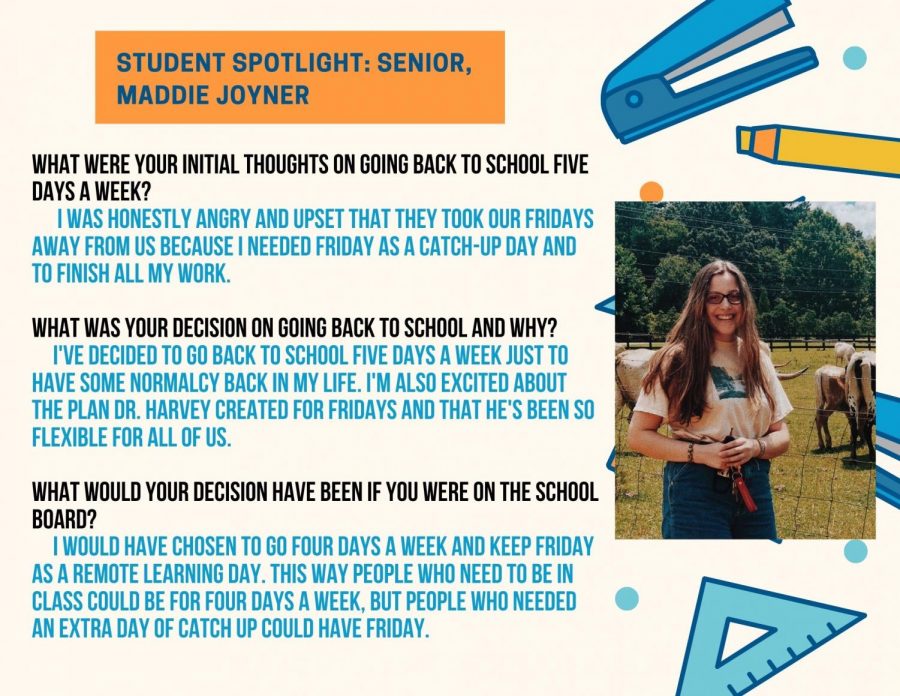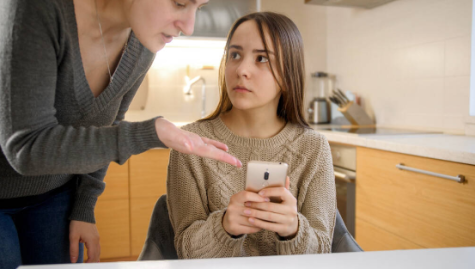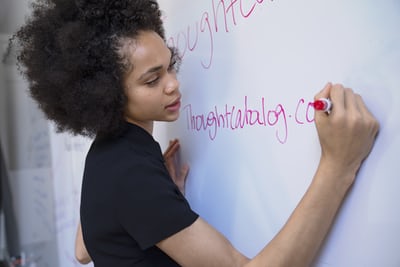Five-day school plan risks spreading sickness
Fully reopening schools has been a topic of great debate since they closed in 2020, but the UCPS school board, on the heels of Senate bill 220, has finally come to a decision that is, frankly, reckless and too late.
Before anyone gets up in arms, no one is arguing that reopening schools isn’t an important and necessary step to get back to normal. Schools being closed is not an option on a long-term scale. Too many parents need to get back to work and education in America is not something that can be forgone.
However, opening schools now, when the vaccine is still incredibly new and additional strains of the Coronavirus are appearing, in conjunction with the fact that when the plan goes into effect the school year will be nearly over is ineffective and displays weak administration.
The current plan that was voted in on Monday, March 15 has high school and middle school students going to Plan A, in which they return to school five days a week starting Monday, April 12, and elementary schools will go from four days to five days. Under this protocol, social distancing, a core tenant of slowing the spread of Covid-19, will be reduced within the schools and eliminated on buses.
Reducing social distancing guidelines increases the risk of transmission exponentially. Even if the students themselves are asymptomatic, they could still be carriers of Covid and carry the virus to those outside of the school.. Having students in close proximity only endangers them as subsets of students can be seen ignoring proper mask safety even now.
Only a minuscule number of students in the K-12 population are over 18 years old; therefore, the county cannot rely on vaccination numbers to contain the spread if another outbreak were to occur. The time when Covid vaccines will be available to the majority of students is still unknown, so these new protocols where students can be in closer contact with no days dedicated to cleaning the facilities endanger any higher-risk students and their families.
Part of the problem with the five day plan is that there are now no built-in days to deep clean the school. Fridays were a time for students to catch up for the week, review, or be tested on materials learned, but they also gave the custodial staff a chance to disinfect the building.
Going back to a five day school week eliminates that time, which calls into question the value this plan places on student safety. The pandemic is still happening, casualties are still being seen, and safety protocols are being thrown to the wind in the last six weeks of the school year.
Petitions have been created as an attempt to bring back virtual Fridays at the very minimum. The change.org petition has nearly 12 thousand signatures and has even received news coverage by WRAL, a CBS news affiliate in Raleigh.
Arguments have been made that Plan A prioritizes social wellbeing by allowing students to return to school with their friends. Yet, some students are uncomfortable with returning to full capacity and will choose to go to plan D, the all virtual option. This takes those students away from their friends and isolates them completely whereas with hybrid learning they had at least some interaction with their peers.
One of the major keys to the social and emotional wellbeing of children is consistency. According to an article by the National Library of Medicine, consistent day to day routines of youth have been linked to lower rates of depressive symptoms, risky behavior, and health issues.
Since Covid began, students around the country have lacked consistency as a product of executive decisions from state government and individual school boards. SV alone has had three major changes to schooling procedure this year alone: all students attending virtually (due to construction delays) to hybrid learning part way through the year, to major changes to student schedules due to the virtual academy at the end of first semester when many students had to shift their schedules because certain classes were online only, to the decision made as a result of NC Senate bill 220. These changes lack the consistency and stability that students need to maintain their mental health.
Making major changes to the schooling policy this late in the year is unnecessarily risky for students, teachers, and family members, and doesn’t have enough major benefits to balance the cost. Hybrid learning was a good compromise on the health and social, emotional and mental wellbeing of students and should have continued for the rest of the year, while new plans that can still protect everyone are set in place for next year.
The time has passed to try and make bold power plays as some type of grand gesture. This pandemic needs to be taken seriously so that schools are able to get back to normal without students fearing fatal illness while on campus. Continuing hybrid learning to the end of the year allows for more time to come up with a solid plan of execution for next year that works for more people.

This is Rhema Meggett, she’s a senior and the News Page editor of the Spartan Shield. She has been on staff for three full years, the longest of anyone...




